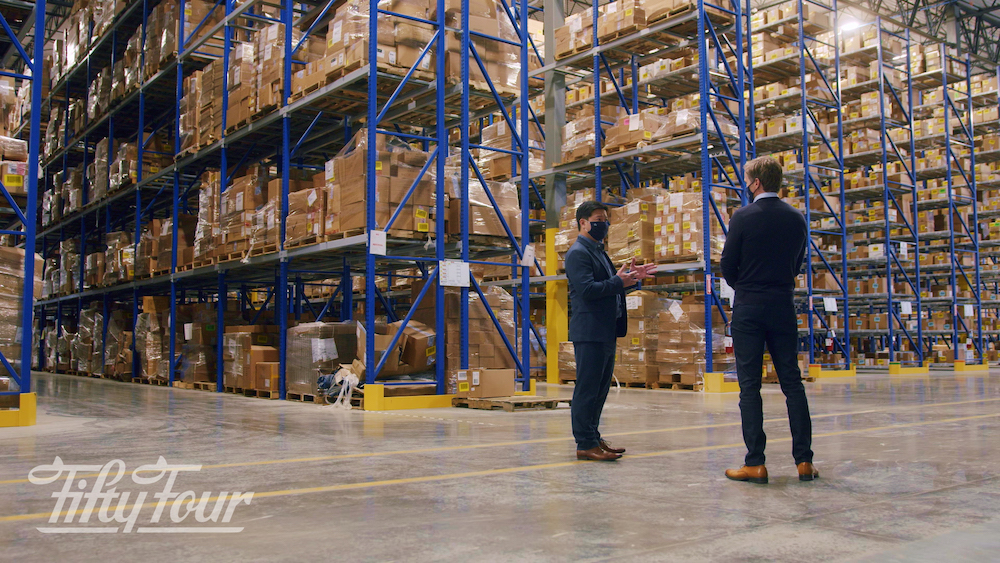Never allow your batteries to discharge below 20 percent.
For most equipment out in the marketplace today all this means is to place equipment on a full uninterrupted charge cycle once the discharge meter reaches the “red zone”. Once in the ready zone, the equipment's electrical components will be already running hot, so it is recommended immediately charge or risk significant truck damage like burned components or worse a motor failure. Also remember trucks with additional attachments, like clamps high speed lifts etc. will require a higher capacity battery to ensure that the battery is not discharged below 80 percent.Avoid charging during lunch break.
Many equipment operators can get in a bad habit of giving a quick charge to equipment during downtime like lunch. In the industry, we call it opportunity charging. However, the lifespan of your battery is partially determined by how many charge cycles it has undergone in its lifetime. When you repeatedly charge equipment for a short while, you will find you will need to do it more often over time. Eventually leading to a decrease in the battery’s efficiency to a point it will not charge. Break the bad habit of opportunity charging, and wait and allow for a full interrupted charge cycle. Your batteries will thank you while you save on replacement costs.Avoid fast charging.
Charging electric industrial equipment quickly can lead to reduced downtime in the short run, but there is a price to pay. Excessive heat that is generated will reduce battery life span. Reserve fast charging for emergencies only and try to not make a habit of it.Never add acid to the battery.
Let a battery expert test electrolyte levels and assess whether the battery can be restored or needs to be replaced. Talk to a 54 Intralogistics representative today to learn more about our preventative maintenance programs.Weekly water level inspections.
This will go a long way in maintaining the health of your batteries. During a charging cycle, the water is heated up and splits into its components hydrogen and oxygen. Hydrogen is discharged at the negative plate and oxygen at the positive. After time the water acid solution will evaporate exposing the lead plates within the battery. Never let this happen as they will become brittle and cause permanent damage reducing efficiency. The trick is to not over or under fill batteries, overfilling will lead to boil overs of the acid solutions creating hazardous mess. Ask about single point watering systems, filling is done in 30 seconds and personnel aren’t exposed to acid or fumes.